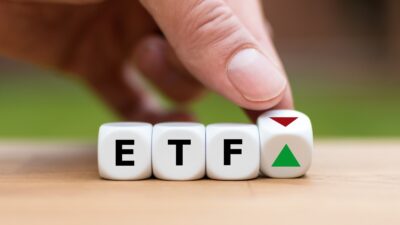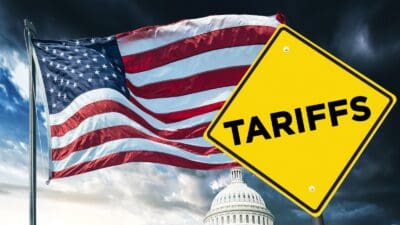Like most private investors, I drip-feed money from my earnings into my investment account each month. To stay fully invested, I need to make regular purchases, regardless of the market’s latest gyrations.
However, the FTSE 100 is up 78%on its March 2009 low, and the wider market is no longer cheap. It’s getting harder to find shares that meet my criteria for affordability.
Should you invest £1,000 in Aviva right now?
When investing expert Mark Rogers has a stock tip, it can pay to listen. After all, the flagship Motley Fool Share Advisor newsletter he has run for nearly a decade has provided thousands of paying members with top stock recommendations from the UK and US markets. And right now, Mark thinks there are 6 standout stocks that investors should consider buying. Want to see if Aviva made the list?
In this article, I’m going to run my investing eye over Aviva (LSE: AV) (NYSE: AV.US), to see if it might fit the bill.
The triple yield test
Today’s low interest rates mean that shares have become some of the most attractive income-bearing investments available.
To gauge the affordability of a share for my portfolio, I like to look at three key trailing yield figures –the dividend, earnings and free cash flow yields. I call this my triple yield test:
| Aviva | Value |
|---|---|
| Current share price | 469p |
| Dividend yield | 3.1% |
| Earnings yield | -0.5% |
| Free cash flow yield | 7.1% |
| FTSE 100 average dividend yield | 2.8% |
| FTSE 100 earnings yield | 5.7% |
| Instant access cash savings rate | 1.5% |
| UK 10yr govt bond yield | 2.8% |
A share’s earnings yield is simply the inverse of its P/E ratio. Aviva’s trailing earnings yield is negative, as it has reported a loss for the last 12 months (H2 2012 and H1 2013), but the firm’s full-year results are due on 6 March, and Aviva is expected to report earnings of 41.6p per share, giving a prospective earnings yield of 8.9%, at the current share price.
Aviva’s share price has risen by 31% over the last year, reducing its dividend yield to a fairly average 3.1%. However, Aviva has managed to maintain strong cash flows, and its free cash flow yield of 7.1% suggests that CEO Mark Wilson’s focus on cash flow is paying off, and could support long-term dividend growth.
Is Aviva a buy?
Aviva is expected to have been hit hard by this winter’s widespread flooding. A report by Bank of America Merrill Lynch this week forecast that Aviva will face a loss of around £170m from the floods. However, a separate report published by Goldman Sachs suggests that Aviva’s reinsurance cover will limit losses to £150m, which while painful, shouldn’t do any lasting damage to Aviva’s turnaround plan.
Aviva is expected to increase its total dividend by 2.7% to 15.0p this year, giving a prospective yield of 3.2%. Although this is only a fraction of the yield which the firm used to provide, I believe that Aviva is a buy, as it is increasingly well-positioned to deliver stable long-term growth, and on a 2013 forecast P/E of 11.5, doesn’t look too expensive.








